Behind the scenes, several core aspects of America’s pandemic-era emergency safety net are also coming to a close, from extra food assistance to automatic re-enrollment in Medicaid.
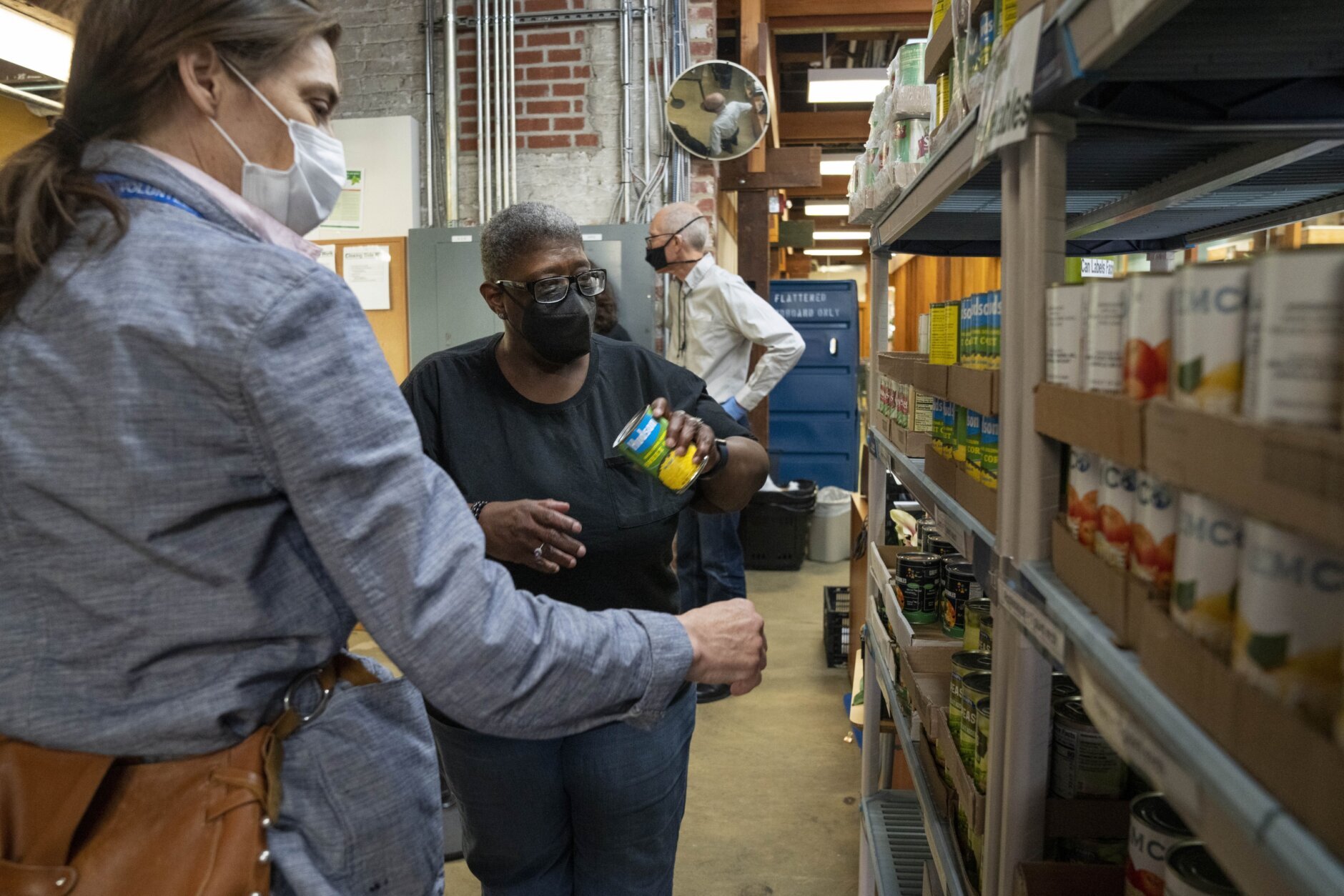
AP Photo/Jacquelyn Martin
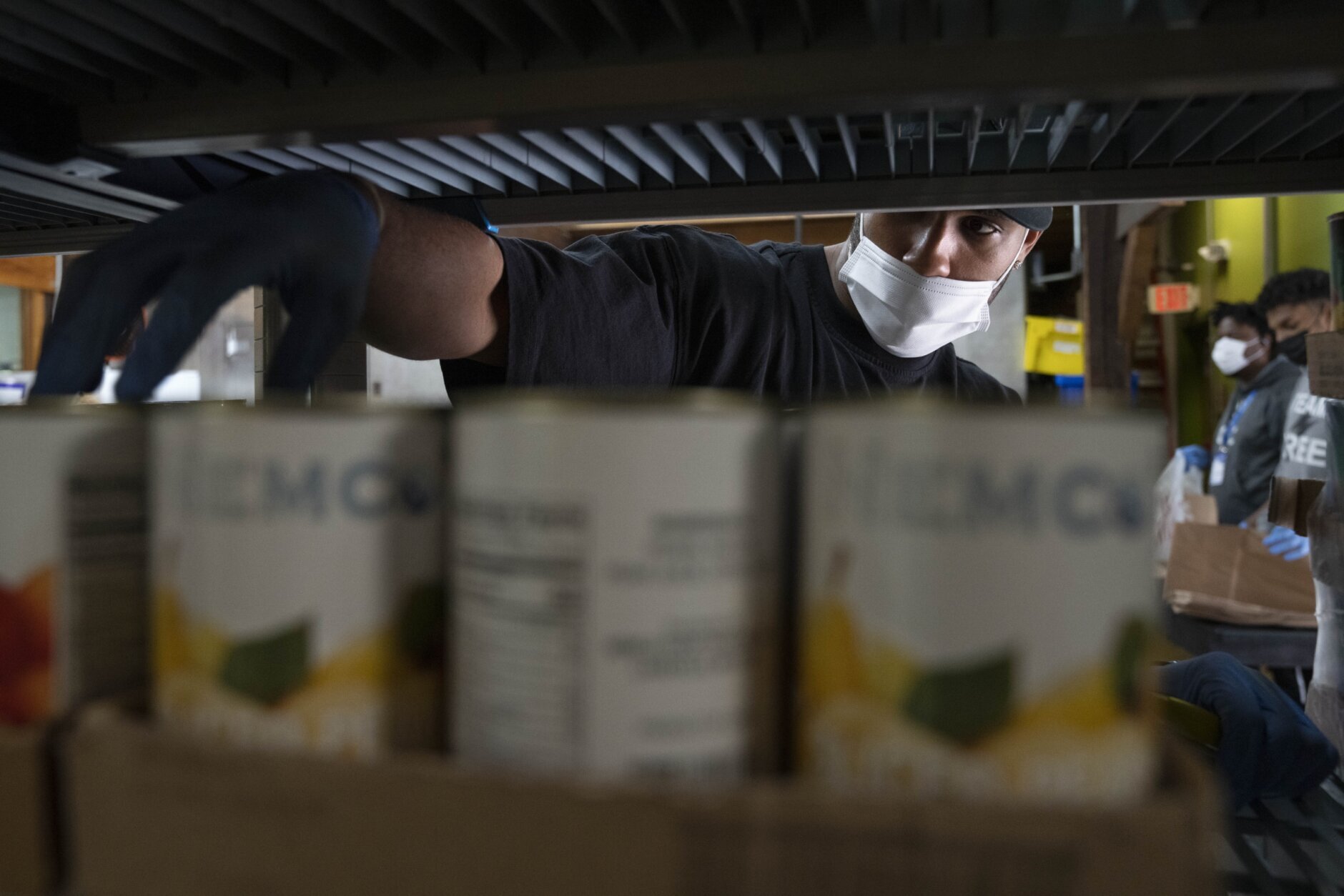
AP Photo/Jacquelyn Martin
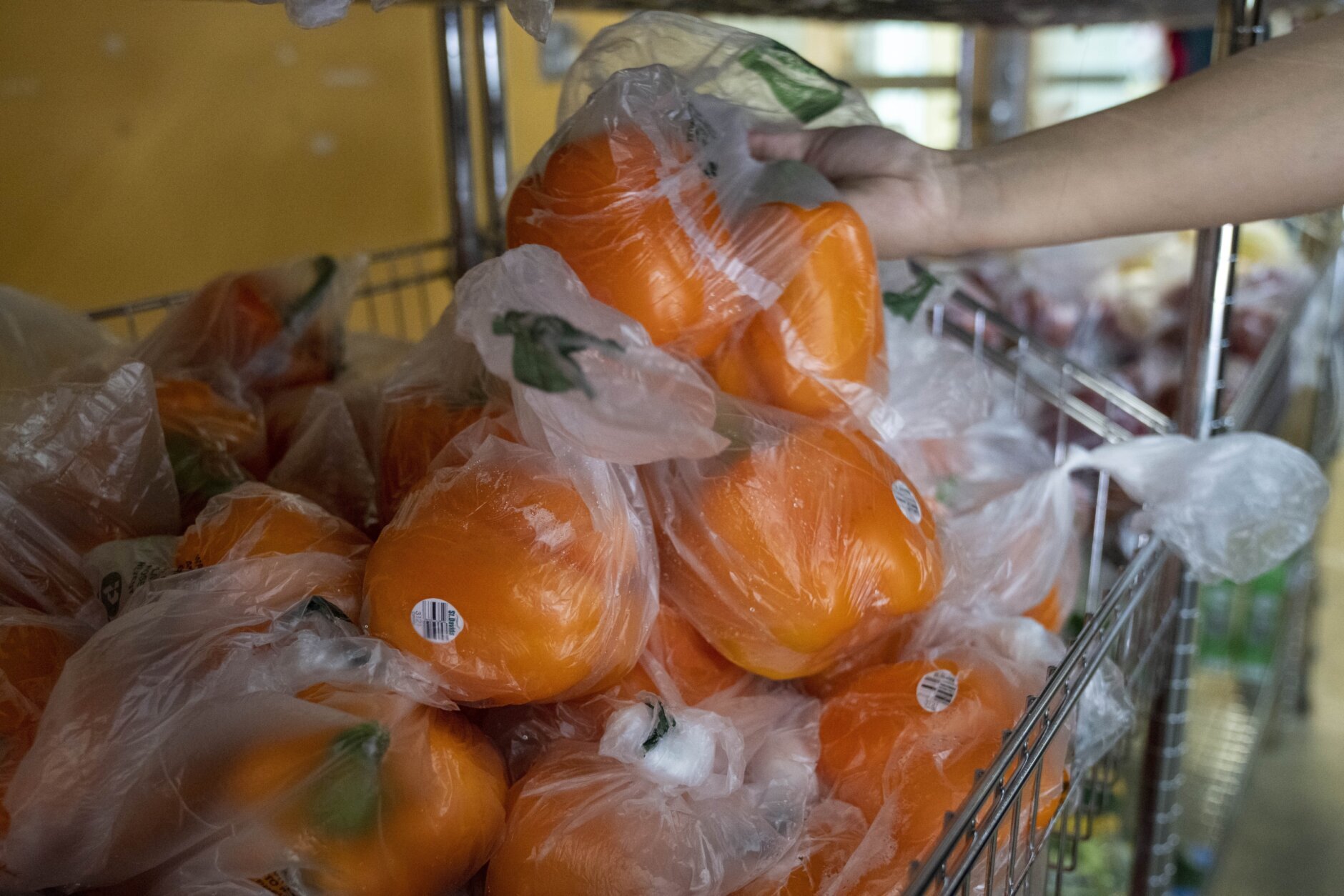
AP Photo/Jacquelyn Martin
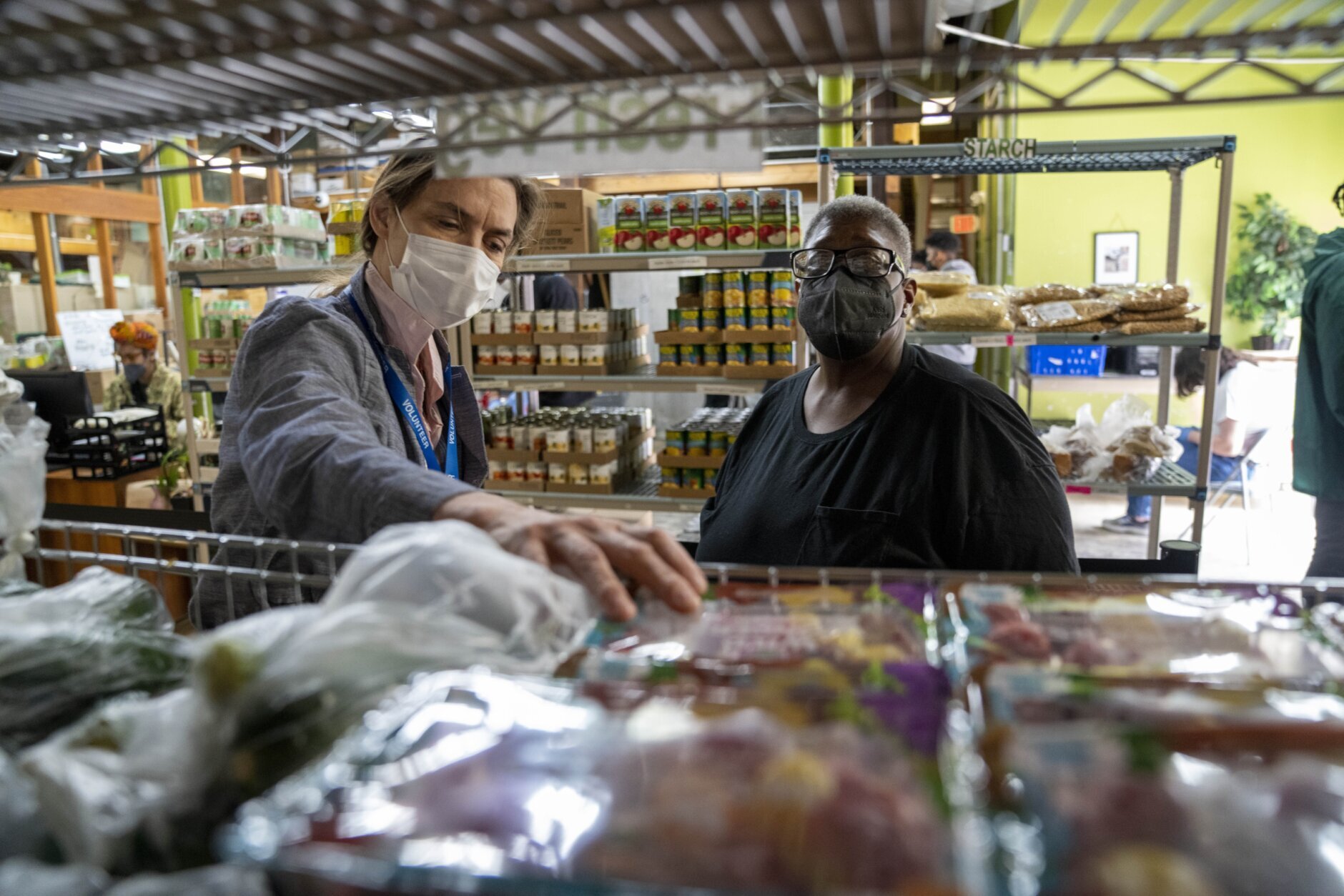
AP Photo/Jacquelyn Martin
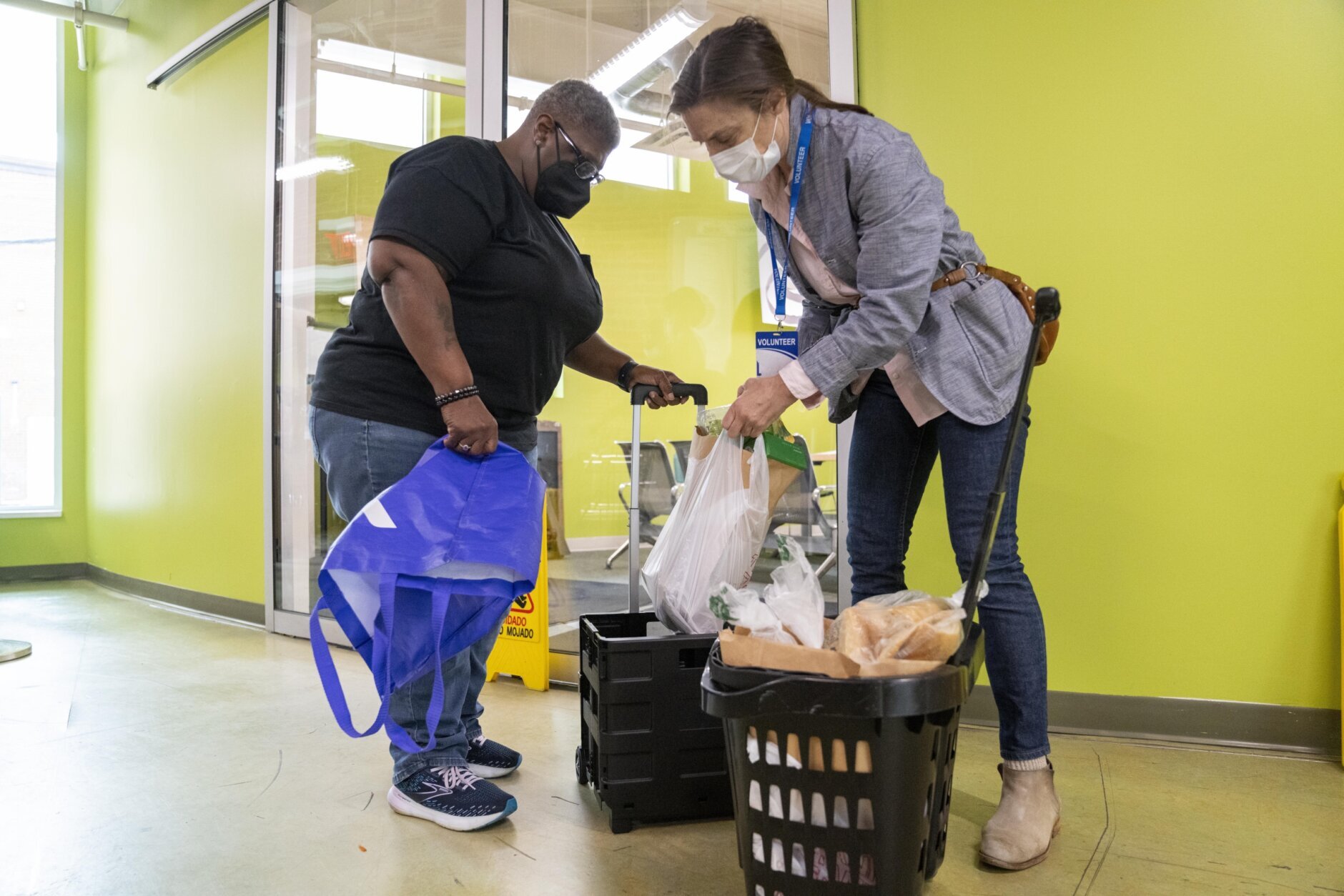
AP Photo/Jacquelyn Martin

AP Photo/Jacquelyn Martin
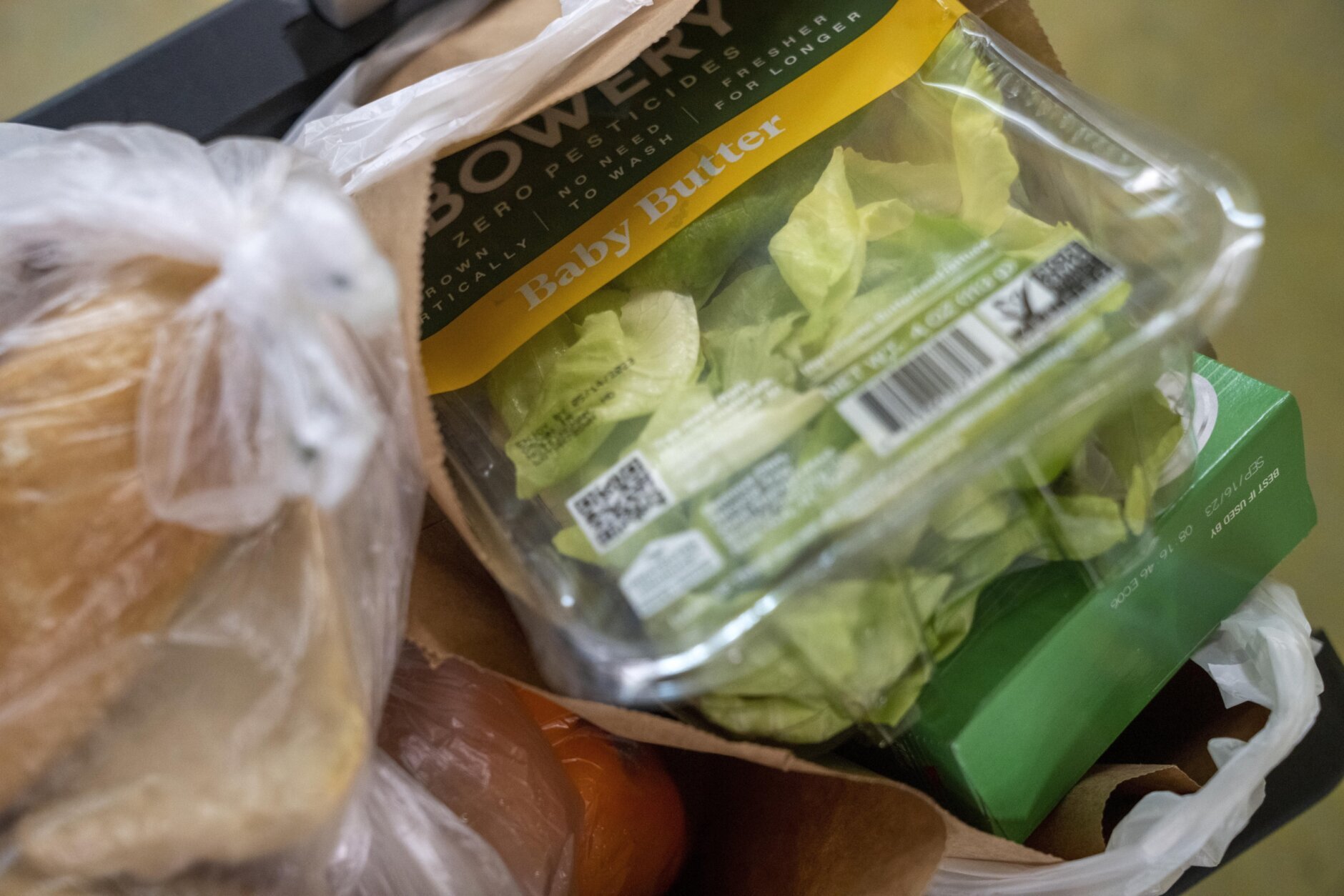
AP Photo/Jacquelyn Martin
WASHINGTON (AP) — The formal end of the national Public Health Emergency on Thursday is largely a symbolic and psychological step, representing the country’s formal emergence from the COVID-19 pandemic.
But behind the scenes, several core aspects of America’s pandemic-era emergency safety net are also coming to a close, from extra food assistance to automatic reenrollment in Medicaid. While these measures were always designed to be temporary, their expiration is inevitably producing hardship and confusion.
“People are starting to get their jobs back, but it’s still not all the way back and everything is more expensive than before the pandemic,” said Radha Muthiah, president of the Capital Area Food Bank. “The people we serve always seem to be playing catch-up.”
At Thursday’s White House briefing, press secretary Karine Jean-Pierre took note of the end of the public health emergency. “The work won’t stop,” she said, with the administration working to ensure continued access to COVID vaccines, treatments and tests and to tackle long-COVID.
During the height of the pandemic, safety net programs gave Americans a lifeline. The child tax credit was increased,unemployment benefits and food assistance were expanded, and a federal moratorium on eviction kept people in their homes even if they were unable to pay rent.
The Census Bureau reported last year that COVID relief efforts and others sharply reduced childhood poverty. But these programs have now expired.
The impact is being felt.
Perhaps the fastest shock to the system has come in the SNAP program, the monthly food-assistance vehicle commonly known as food stamps. During the pandemic, all SNAP recipients had their benefits boosted though an Emergency Allotment program. The duration of those extra payments was originally tied directly to the duration of the public health emergency, but that was changed in December 2022 and the final pandemic-boosted SNAP payments went out at the end of February.
The average family started receiving about $90 less per month in March, although some households dropped by up to $250, according to a study by the Center on Budget and Policy Priorities.
On the ground, the impact has been immediate. Muthiah said her organization distributed 13% more fruits, vegetables, meat and canned goods in March, the month after the extra SNAP benefits expired. In times of financial hardship, she said many families in need prioritize non-negotiable items like rent or gas while turning to charities to fill the holes in their food budgets.
“We’re seeing a cumulative effect of things being rolled back,” said Muthiah, who estimated that 300,000 families in her food bank’s service area have been impacted.
In many cases, the end of the extra SNAP assistance has led to confusion and frustration. Allison Miles-Lee, an attorney with the D.C. charity Bread for the City, said there has been a spike in demand for legal services as SNAP recipients struggle to understand how their new — theoretically back to normal — monthly payment was decided. In many cases, the amounts are based on sometimes obsolete information on family size, income or number of dependents.
”A lot of people just didn’t report or update their information for three years,” Miles-Lee said. “Now they’re panicked and just sort of flying blind.”
Tina Robinson is one of those confused SNAP recipients. The 49-year-old D.C. resident used to receive $100 per month through SNAP. During the pandemic that rose to $200 per month. But starting in March, her SNAP benefits abruptly dropped to $6 and she doesn’t know why.
“What exactly can you buy with $6,” Robinson asked as she waited in line for free groceries Wednesday morning at Bread for the City’s charity food pantry. “That’s almost worse than sending me zero, because it probably took $20 worth of government employee time to get that $6 to me.”
Robinson said she has tried to get some clarity by calling the D.C. Department of Human Services. “Ï called many times. They don’t answer their phones,” she said.
Robinson says she never received the letter notifying her of the impending benefits reduction. But even those who saw the drop coming are having a hard time getting by without that pandemic-era boost.
Helena Smith, a 63-year-old retiree, says she did receive her letter and knew that her benefits would drop by more than $100. That difference in her food budget was enough to bring her back to the local food pantry.
“It really did help a lot during the pandemic and I’m grateful for it,” Smith said. ”I knew it couldn’t last forever, but it was a lot to lose all at once.”
A similar, slower moving, process is happening with Medicaid, as dozens of states begin a review process that will remove as many as 14 million people from the health care program.
Before the pandemic, people would regularly lose their Medicaid coverage if they started making too much money to qualify for the program, gained health care coverage through their employer or moved to a new state. But the federal government prohibited states from kicking people off Medicaid during the pandemic, even if they were no longer eligible. That action, known as the Continuous Enrollment Provision, was also originally tied directly to the public health emergency. But like the extra SNAP payments, that was modified in December 2022 and the deadline changed to March 31.
Now dozens of states are launching reviews of their Medicaid recipients and removing those deemed ineligible. The process could take up to a year to complete, although some states are moving faster than others; Arizona, Arkansas, Florida, Idaho, Iowa, New Hampshire, Ohio, Oklahoma and West Virginia are among the states aiming to begin removing ineligible Medicaid recipients as early as this month.
Jennifer Wagner, director of Medicaid eligibility with the Center on Budget and Policy Priorities, said the process is already being marked by confusion and miscommunication. Many states are notifying recipients by mail that they need to reapply for Medicaid when other forms of communication such as text messages are generally considered more reliable. And even when the mail messages make it into the correct hands, it doesn’t necessarily clarify the situation.
“We’re seeing some pretty confusing notices out there, said Wagner, who noted that one state is requiring recipients to fill out a 46-page form.
What’s worse, Wagner said, is that many states are counting on the same overtaxed safety net agencies to handle both Medicaid and SNAP-related questions — creating administrative bottlenecks and massive wait times at call centers.
“Chaos at the state level is a virtual inevitability,” Wagner said. “There are tremendous staffing shortages. These state agencies were already understaffed.”
___
Associated Press writers Adriana Morga in New York City and Amanda Seitz and Collin Binkley in Washington contributed to this report.
Copyright
© 2023 The Associated Press. All rights reserved. This material may not be published, broadcast, written or redistributed.
Stay connected with us on social media platform for instant update click here to join our Twitter, & Facebook
We are now on Telegram. Click here to join our channel (@TechiUpdate) and stay updated with the latest Technology headlines.
For all the latest Health & Fitness News Click Here
